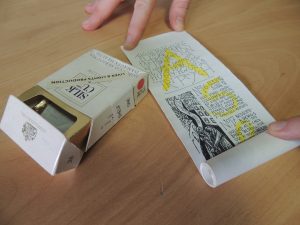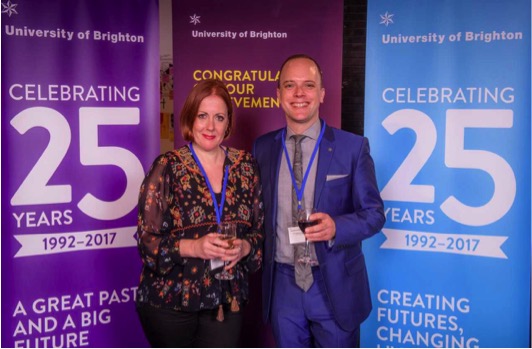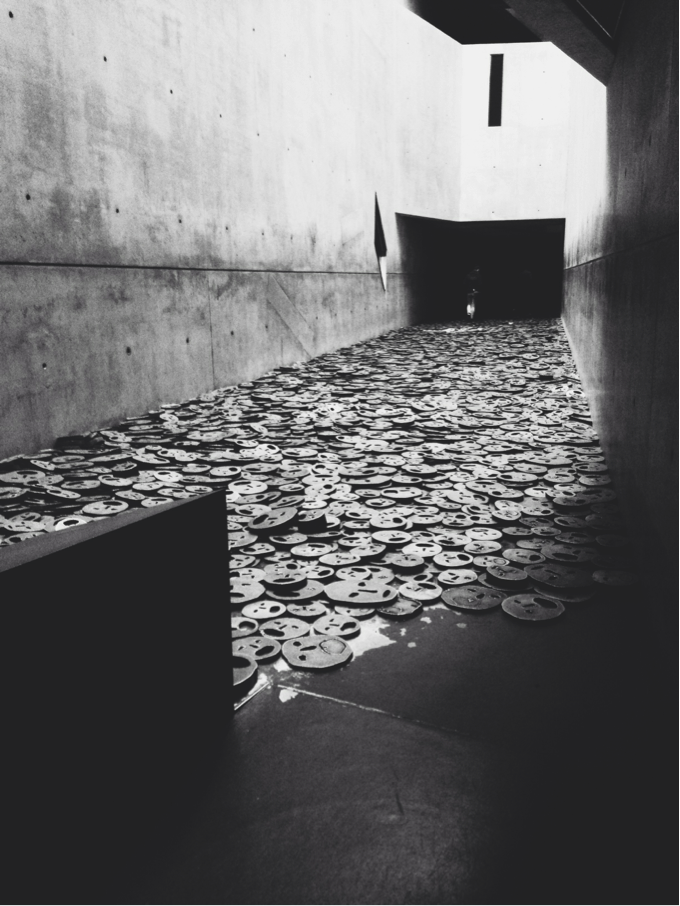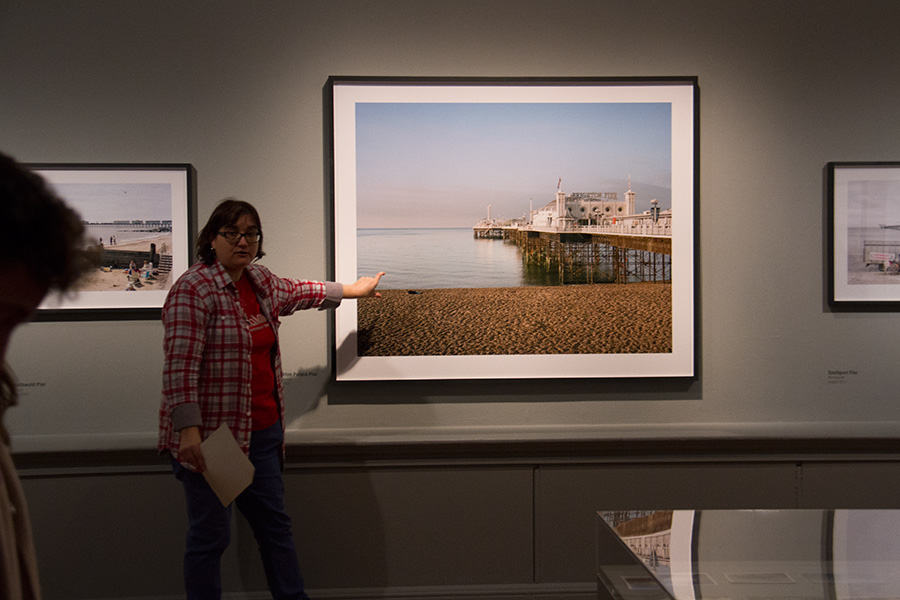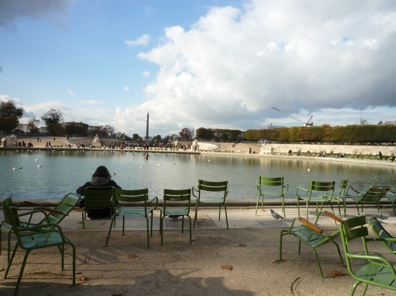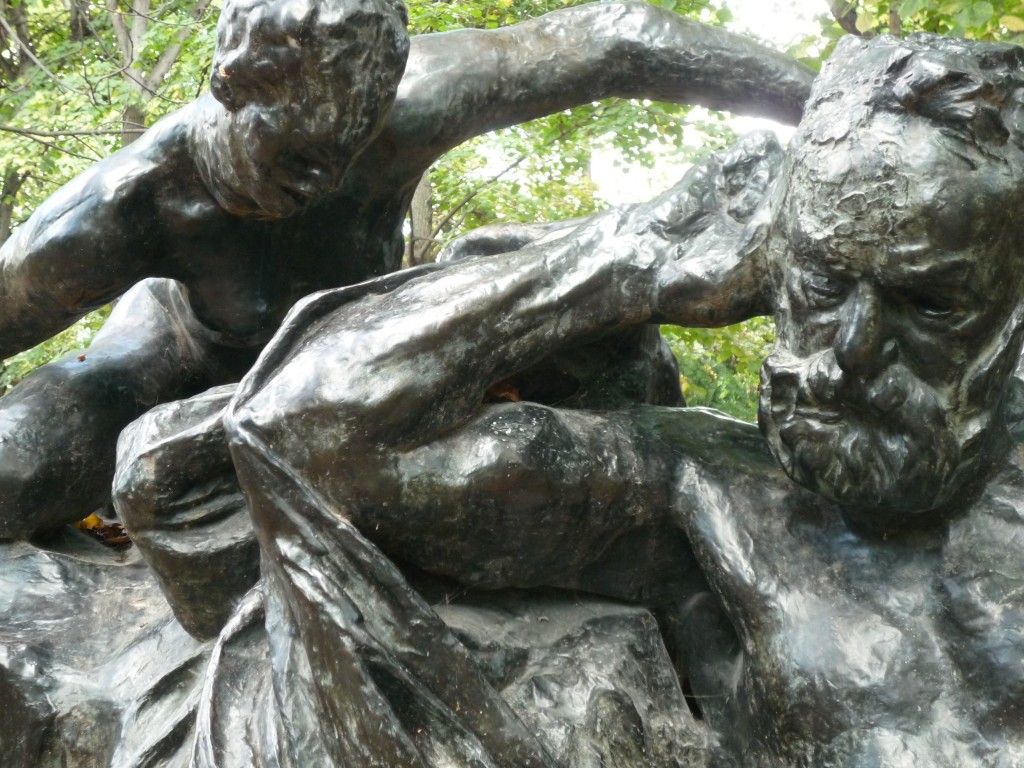Second Year BA Visual Culture student Piers Courtney completed the course-related work placement at the Fabrica Gallery in Brighton, UK, as part of a module called Behind the Scenes. Piers shares a review of a current exhibition at Fabrica.
I was placed in Fabrica Gallery for a work placement towards the end of the spring 2021 ‘lockdown’, participating in installing and running workshops. On the 18th of May until the 20th June, Olafur Eliasson’s Forked Forest Path opened to the public to celebrate Fabrica’s 25th anniversary, in partnership with Brighton Festival. The artist may be well-known, but the installation, one of his earliest works, will be new to many. I was inspired to write this short review.
The work has been loaned from the Towner Art Gallery in Eastbourne. The interior of the Fabrica Gallery has been transformed into an immersive, magical path that leads the visitor deep through twists and turns, mimicking the suspense and relief of being lost in the deep forests of East Sussex.
Eliasson has formed a career of bringing to light ecological and sociological issues with immersive, fun and educational “socio-sculptures” that connect with the natural world to highlight issues such as climate change, including his epic recreation of the sun in the Tate Modern Turbine Hall in 2003. Forked Forest Path is no different.

Olafur Eliasson, Forked Forest Path, Fabrica Gallery, Brighton, 2021. Photography by Piers Courtney.
Within the 5000 branches of birch, oak, ash (and others) sourced from Foxwood Foresty near Lewes, Stanmer Park, Wilderness Wood and Laughton Greenwood, the visitor is faced immediately with a question: ‘Which path do I take?’ This is both a literal and symbolic question. As you venture through your chosen path dodging twigs and smelling the rich earthy tones, the environment, alien to the gallery space, challenges you and takes you back to walks in your childhood. For me, to Yorkshire. You then may find yourself asking ‘which path environmentally shall I take, so that all our forests can
thrive to be this dense and immersive?’ This is the beauty in simplicity of the installation. Eliasson has captured both the sublime and the subliminal.
Other questions that arose, for me, at least, were as simple as ‘how in the world did they get these branches in here?’ to as complicated as ‘what does it mean to have a overgrowing forest within a disused church?’ Fabrica’s research team has collected many resources to satisfy the need for answers, and the volunteers are always happy for a discussion. Who knows? Maybe the answers were in the path you chose not to take.







